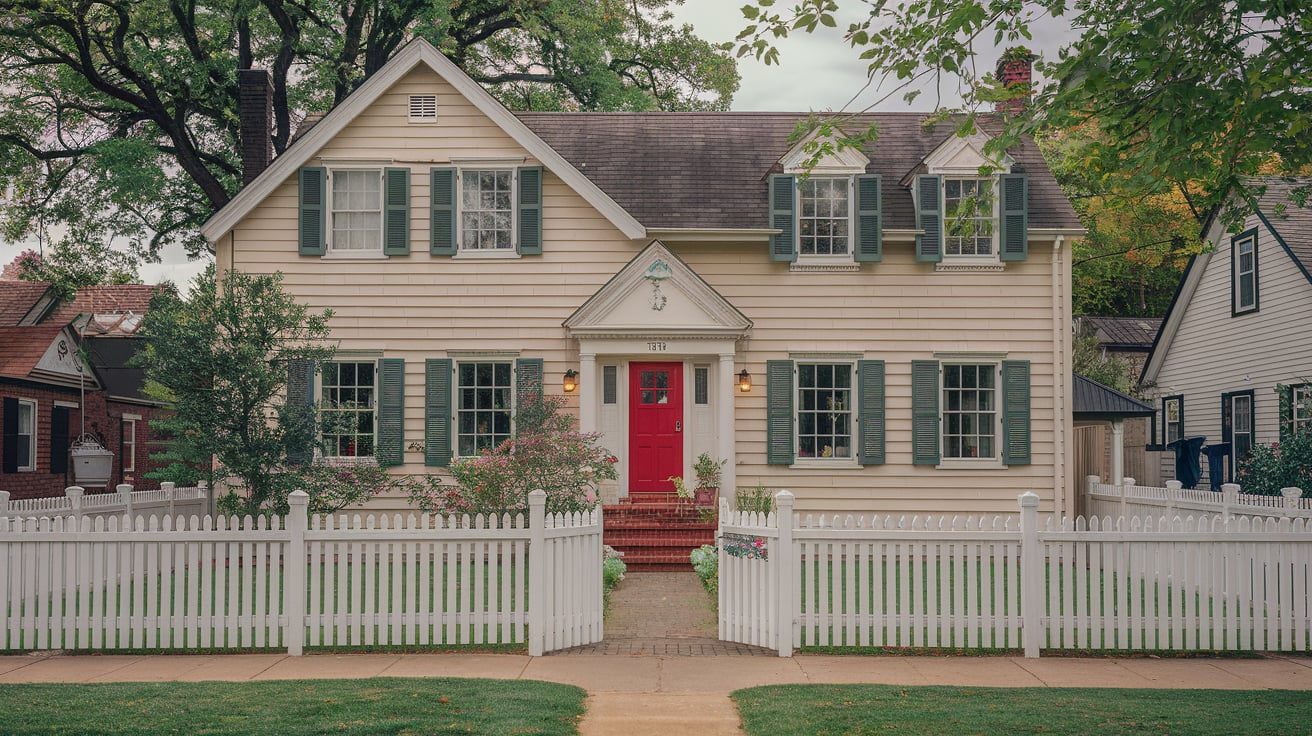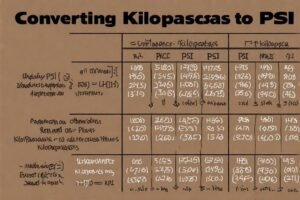
The allure of a 1980s Traditional Family Home is undeniable. These homes evoke memories of simpler times, blending classic designs with a cozy atmosphere. Built during an era that celebrated family gatherings and timeless architecture, these houses remain iconic. Let’s dive into the details that make these homes so special and why they continue to hold a special place in our hearts.
Table of Contents
The Defining Features of a 1980s Traditional Family Home
- Brick or wood exteriors: Durable materials give the house a solid and inviting look.
- Formal living and dining rooms: Spaces designed to host guests and family celebrations.
- Spacious kitchens: Often with breakfast nooks, emphasizing the importance of family meals.
- Cozy fireplaces: A staple in living rooms, adding warmth and charm to the home.
Aesthetic Appeal and Timeless Design
The 1980s traditional family home had a timeless design that blended classic and modern elements. Using neutral tones, wallpaper accents, and wooden trim gave these homes a balanced appearance. The symmetrical layouts and large windows ensured abundant natural light, creating a warm and welcoming atmosphere.
The Kitchen: A Hub of Family Activity
In a traditional family home of the 1980s, the kitchen was more than just a place to cook; it was the heart of the home. Kitchens were designed with functionality, featuring ample counter space, wooden cabinets, and sometimes even bold, colorful appliances. The addition of breakfast nooks allowed families to bond over meals, reinforcing the communal spirit of these homes.
Living Spaces That Fostered Connection
In the 1980s, the living room in a traditional family home was the centerpiece of family activities. Whether watching television, playing board games, or simply enjoying each other’s company, this space was designed to bring people together. The cozy ambiance of plush carpets and fireplaces made these rooms ideal for relaxation and socializing.
Bedrooms Designed for Comfort
Bedrooms in a 1980s traditional family home prioritized comfort and practicality. Master bedrooms often featured en-suite bathrooms, while children’s rooms were bright and inviting, decorated with vibrant colors or themed wallpapers. The emphasis on personal space ensured everyone in the family had their sanctuary.
Outdoor Spaces: A Place to Unwind
The 1980s traditional family home typically included a spacious backyard, perfect for family gatherings, barbecues, or children’s play. Patios, decks, and well-manicured lawns enhanced the outdoor experience, making these homes ideal for entertaining guests or enjoying quiet moments with loved ones.
Energy Efficiency and Innovations of the Era
Although not as advanced as today’s standards, many traditional family homes incorporated energy-saving features. Double-pane windows, better insulation, and energy-efficient appliances were introduced, reflecting the growing awareness of environmental conservation during that time.
The Popularity of Open Floor Plans
While traditional family homes of the 1980s maintained distinct rooms for specific purposes, open floor plans began gaining traction during this period. This design trend aimed to create a seamless flow between the kitchen, dining, and living areas, fostering better communication and interaction among family members.
Home Decor Trends in the 1980s
- Floral or geometric wallpaper
- Wall-to-wall carpeting
- Wooden furniture with intricate carvings
- Bold and earthy color palettes
These elements added warmth and personality to each space, ensuring the house felt like a true family home.
Why These Homes Are Still Popular Today
The 1980s traditional family home remains popular due to its timeless appeal and practicality. The well-thought-out layouts, durable construction, and classic design make them a preferred choice for homeowners looking for style and functionality.
Renovating a 1980s Traditional Family Home
Many homeowners renovate their traditional family home to suit modern needs while retaining its classic charm. Common upgrades include:
- Updating kitchens and bathrooms with contemporary fixtures
- Replacing carpets with hardwood floors
- Adding modern lighting to brighten interiors
These renovations enhance the home’s value while preserving its original character.
Challenges of Owning a 1980s Traditional Family Home
While these homes are beloved, they come with challenges. Older wiring, plumbing systems, and outdated layouts may require attention. However, these issues can be addressed through careful maintenance and thoughtful renovations.
A Peek into Suburban Life in the 1980s
The traditional family home of the 1980s reflected suburban life during that decade. These neighborhoods were typically safe and close-knit, with families enjoying block parties, school events, and weekend barbecues. The architecture and layout of these homes fostered a strong sense of community.
Comparing 1980s Homes to Modern Designs
Modern homes often emphasize minimalism and open-concept designs, while the 1980s traditional family home focused on defined spaces and intricate details. Both styles have their merits, but the charm of the 1980s lies in its balance between functionality and aesthetic appeal.
Tips for Preserving the Charm of a 1980s Traditional Family Home
- Preserving original architectural features
- Using decor that complements the home’s vintage style
- Keeping the layout intact to honor its traditional design
These efforts ensure the home’s history and character remain intact.
How to Find a 1980s Traditional Family Home
If you’re looking to purchase a 1980s traditional family home, focus on older suburban neighborhoods. These areas often feature homes with original architecture and large lots, providing the ideal setting for a classic family lifestyle.
Decorating Ideas
Decorating a traditional family home from the 1980s can be a delightful experience. Consider blending vintage elements with modern touches, such as pairing antique furniture with sleek lighting fixtures. This approach preserves the home’s nostalgic vibe while introducing contemporary convenience.
Famous Examples
Television shows and movies from the 1980s often showcased traditional family homes, making them iconic representations of the era. These homes became symbols of stability, love, and family values, further cementing their place in popular culture.
Investing in a 1980s Traditional Family Home
A 1980s traditional family home can be a wise investment. These houses are often located in established neighborhoods with mature trees and well-maintained streets. Their timeless appeal and potential for customization make them attractive options for homeowners and investors.
Conclusion
The 1980s traditional family home holds a special place in our hearts for its timeless design, family-friendly layout, and nostalgic charm. These homes remind us of an era when family connections were cherished and life was simpler. Whether you want to buy, renovate, or appreciate these houses, their enduring appeal is undeniable.
FAQs
1. What makes a traditional family home from the 1980s unique?
A traditional family home from the 1980s is unique due to its classic architecture, defined spaces, and features like fireplaces, formal dining rooms, and spacious backyards.
2. Are 1980s traditional family homes energy efficient?
While not as energy-efficient as modern homes, many 1980s traditional family homes included double-pane windows and better insulation.
3. How can I modernize a 1980s traditional family home?
Modernize by upgrading kitchens and bathrooms, replacing outdated fixtures, and adding contemporary lighting while preserving the home’s original charm.
4. Why are 1980s traditional family homes still popular?
Their timeless design, durable construction, and family-friendly layouts make 1980s traditional family homes a favorite among homeowners.
5. Where can I find a 1980s traditional family home?
Look for older suburban neighborhoods, often homes with original 1980s architecture and spacious lots.





